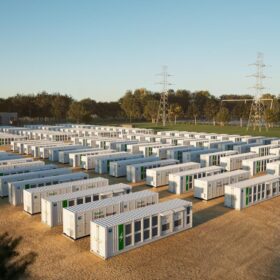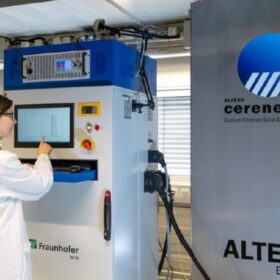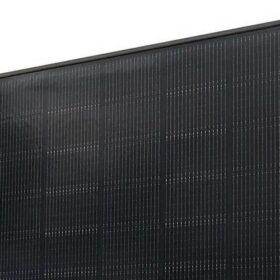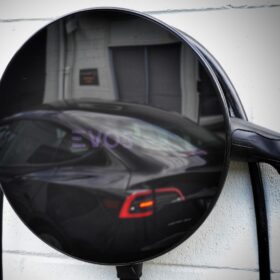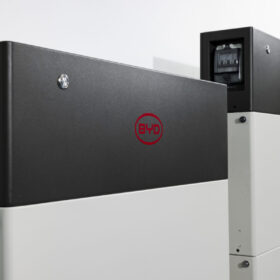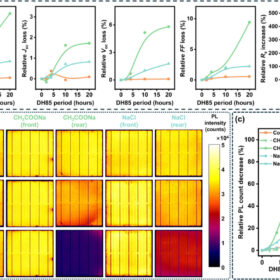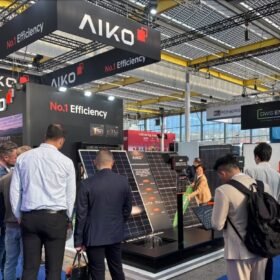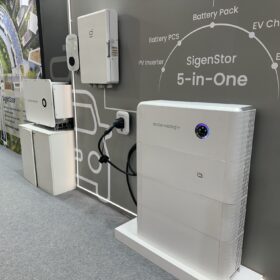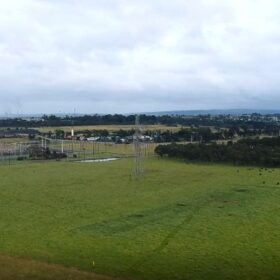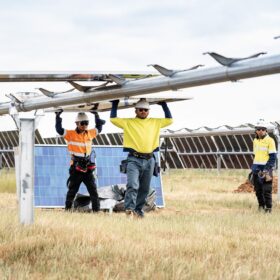Australia’s only silicon manufacturer bags $38 million in federal funding
Western Australia silicon manufacturer Simcoa Operations has received a $39.8 million investment from the Australian government to boost the country’s silicon manufacturing capability.
Pacific Green completes sale of 250 MW / 500 MWh Limestone Coast North BESS
Pacific Green has reached financial close and completed the sale of 100% of the shares in its Limestone Coast North Energy Park to Intera Renewables in a $460 million deal.
Altech secures permit to build sodium-ion battery factory in Germany
The German subsidiary of the Perth-based sodium chloride solid-state battery specialist is moving ahead with its plans to build a 120 MWh production plant in Germany. The project is expected to amount to about $267 million.
Viridian Solar launches 23.6% efficient TOPCon BIPV panel
United Kingdom-based manufacturer Viridian Solar says the new modules have a rated power output of 445 W and can reportedly guarantee a power yield of 95% after 10 years.
Queensland EV charging start-up revs up expansion plans
Queensland-based electric vehicle charging infrastructure provider EVOS has stepped up expansion plans after reaching agreement with Japanese manufacturer FKK to produce its chargers for sale in Japan, Southeast Asia and other high-growth markets including India.
BYD launches its first integrated home storage system
The Chinese manufacturer said its Battery-Box HVE is now being sold with either a single-phase hybrid inverter or a three-phase device. The system is available in two versions with capacities of 4.29 kWh and 6.45 kWh.
Research shows degradation mechanisms in rear side of TOPCon solar cells
Researchers from UNSW and Longi have found that the silicon nitride layers used in TOPCon cell rear-side are particularly prone to chemical degradation from sodium contaminants. This can lead to significant open-circuit voltage losses and reduce cell efficiency.
Aiko launches 500 W C&I back-contact solar module with 25% efficiency
The Chinese manufacturer launched its new Infinite panel featuring its proprietary all-back contact cell technology. The module measures 1,762 mm x 1,134 mm x 30 mm and has a temperature coefficient of -0.26%/C.
Fraunhofer ISE research finds solar module output ‘often overstated’
A longitudinal research project from the Fraunhofer Institute for Solar Energy Systems ISE reveals that since 2017, the institute has measured less power on average in a solar module than promised by the manufacturer.
Sigenergy secures CEC approval for single-phase models
Chinese manufacturer Sigenergy has expanded its available product portfolio in the Australian market with its SigenStor 8 kW, 10 kW, and 12 kW single-phase models having received the official tick of approval from the Clean Energy Council.

